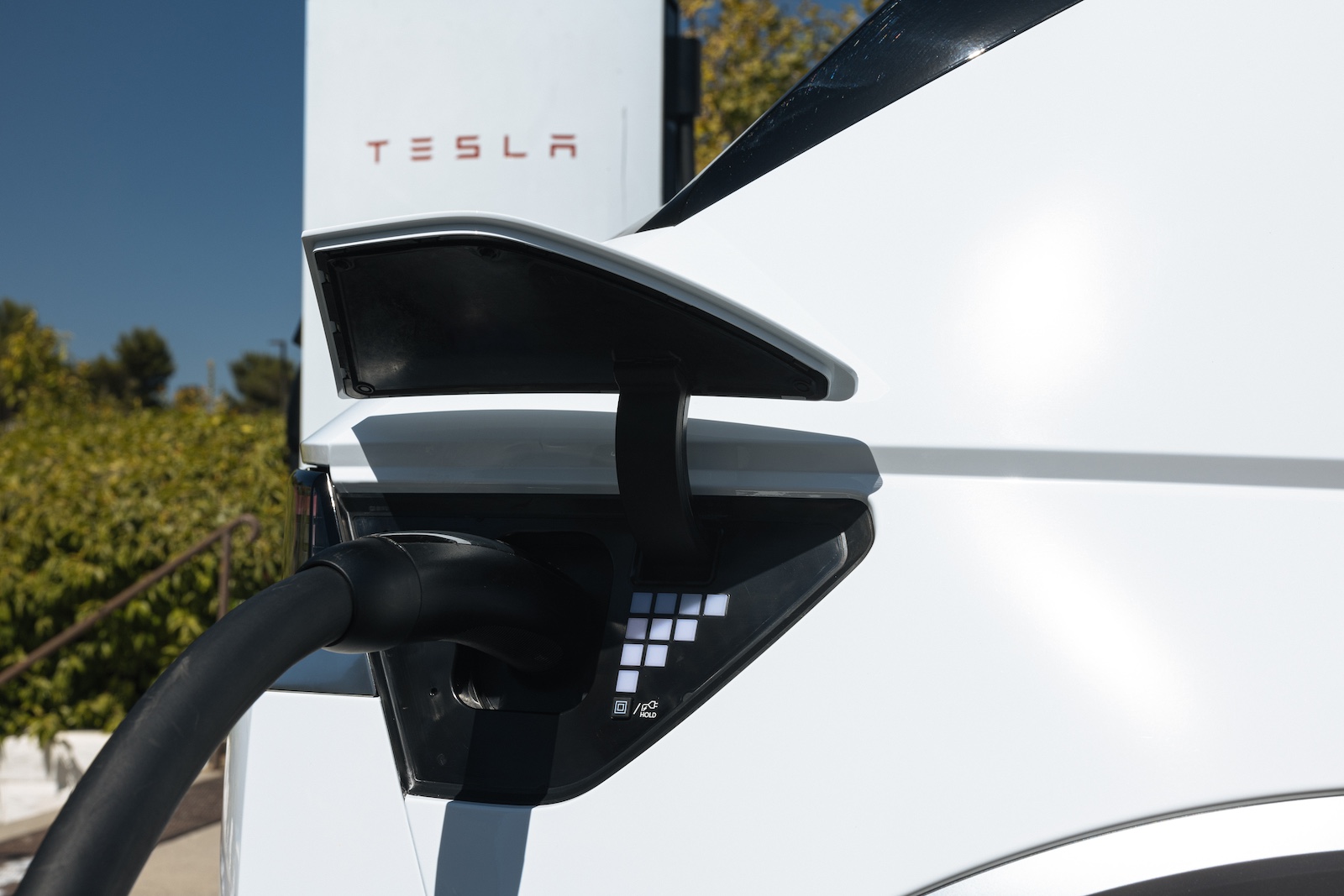Chile’s state-owned copper mining giant Codelco, and leading innovation platform ennomotive, have launched an international challenge to control dust generated by the interaction between underground and open-pit mining. They invite companies worldwide to propose solutions to reduce airborne dust caused by the interaction between underground and open-pit mining operations.
Chile’s copper mining giant Codelco operates both open pit and underground mines. This is the case at Chuquicamata, the world’s largest open-pit mine, with approximate dimensions of 5 km in length, 3 km in width, and 1 km in depth. The deposit is located 15 km north of Calama, at an elevation of 2,870 m, in the Antofagasta Region of Chile.
To continue exploiting the deposit, the ore extraction method was changed from open-pit to underground mining using the block caving method. This approach defined four production levels, all located below the lowest level of the current open-pit operation. The block caving configuration uses drilling and blasting for the displacement of rock blocks, allowing the breaking or collapse of the rock mass under the open pit mine and ore extraction.
As a result of the interaction between the open-pit and underground mines (blasting, subsidence), dust emissions (suspended particulate matter) increase. This is mainly due to vibrations and displacements in the pit slopes and walls caused by underground mining operations, with portions of the slopes occasionally sliding down toward the bottom of the mine.
The dust originates mainly from the west slope of the pit, an area of approximately 5,600,000 m2, which is affected by a geological fault, currently without exploitation. On that slope, the roads for exploitation have been lost, and the ore slides down the slope with each subsidence movement from block caving and blasting until reaching the bottom, generating large amounts of dust. It is also coming from the east slope of the pit (approximately 5,140,000 m2), currently being exploited also with blasting.
These exploitation conditions generate dust constantly. Due to the geometry and extension of the pit and temperature conditions, part of the dust becomes trapped and is difficult to dissipate. Another part of the dust may spread through surrounding areas (even 15 km or more) due to prevailing winds.
Dust is monitored through a network of air quality monitoring stations, where PM10 and PM2.5 and other indexes are measured. As dust remains one of the main challenges at the mine, some progress has been made through the adoption of some commercial solutions.
For dust mitigation this includes salt for the slopes, bischofite (salt composed mainly of magnesium chloride) on the roads; and fog cannons. All these measures are helpful but not sufficient; therefore, more comprehensive studies are required due to the large size of the pit. All variables, including wind, need to be considered, along with adequate coverage of the extensive areas in order to effectively mitigate the impact.
For monitoring, currently there are two initiatives being tested for dust monitoring – a LiDAR system, along with particulate matter sensors at different strategic points in the pit. There are also geometric control systems for slope displacement.
Proposed technologies must operate with minimal human intervention, have energy autonomy, low water consumption, and be compatible with the pit’s daily operations. In addition, solutions must withstand extreme weather conditions, including winds up to 150 km/h and high temperatures.
Codelco is seeking efficient alternatives to measure, control and mitigate suspended dust in the open pit mine that interacts with the underground mine (subsidence) and reduce PM10 dust indices and its propogation. The main challenge comes from the large size of the pit and the limited accessibility.
It is looking for solutions in two differentiated but complementary areas. First control and mitigation of the amount of dust (PM10 index) being generated (due to the two main dust origins). Mitigation measures could be triggered temporarily (according to conditions such as wind, amount of dust) to control when to mitigate dust, or permanently. Second dust monitoring (PM10 index) – technologies such as cameras, satellites, sensors or others are being considered for quantification of suspended dust and the mitigating effect that a control solution may have.
Proposed solutions must be self-sufficient in terms of power supply. If water is required, only industrial water may be used (its use should ideally be minimised due to local restrictions), and a dedicated supply tank must be provided. The operation needs to be independent of human intervention (ideally automatic or requiring minimal human involvement). The solutions must also monitor the efficiency of mitigating systems with the proposed technology.
The final objective is to conduct two field validation tests – one for monitoring and another for control – simultaneously, which can subsequently be scaled up to the entire pit. The industrial test site will be the Chuquicamata mine in northern Chile.
Participants must submit a PDF document (5 to 10 pages) containing the proposed solution including the specifications and deployment of equipment along the open-pit mine (photos, diagrams, sketches, etc), a description of the operating model, required investments, and expected results. Then a completed form (template provided as an annex to the challenge). Proposals that fail to include this form will not be considered.
Then a proposal for conducting a pilot test/prototype, to be carried out by the solver or through a partner (either proposed by the solver or provided by Codelco, if necessary). The pilot proposal must include details on how the tests will be conducted: technology, scope, minimum required equipment, estimated duration, planned stages, and level of support.
You can also add other attachments to back up your solution. Please use primarily PDF or Excel formats for your submission documents; You can also group all your documents into a compressed ZIP file.
To submit the proposal, the solver must register on the ennomotive platform (https://app.ennomotive.com/user/register) and accept the challenge with the privacy policy and general terms & conditions. The call is open to companies, technology centres, and other organisations worldwide. The deadline for any proposal is November 27, 2025.



